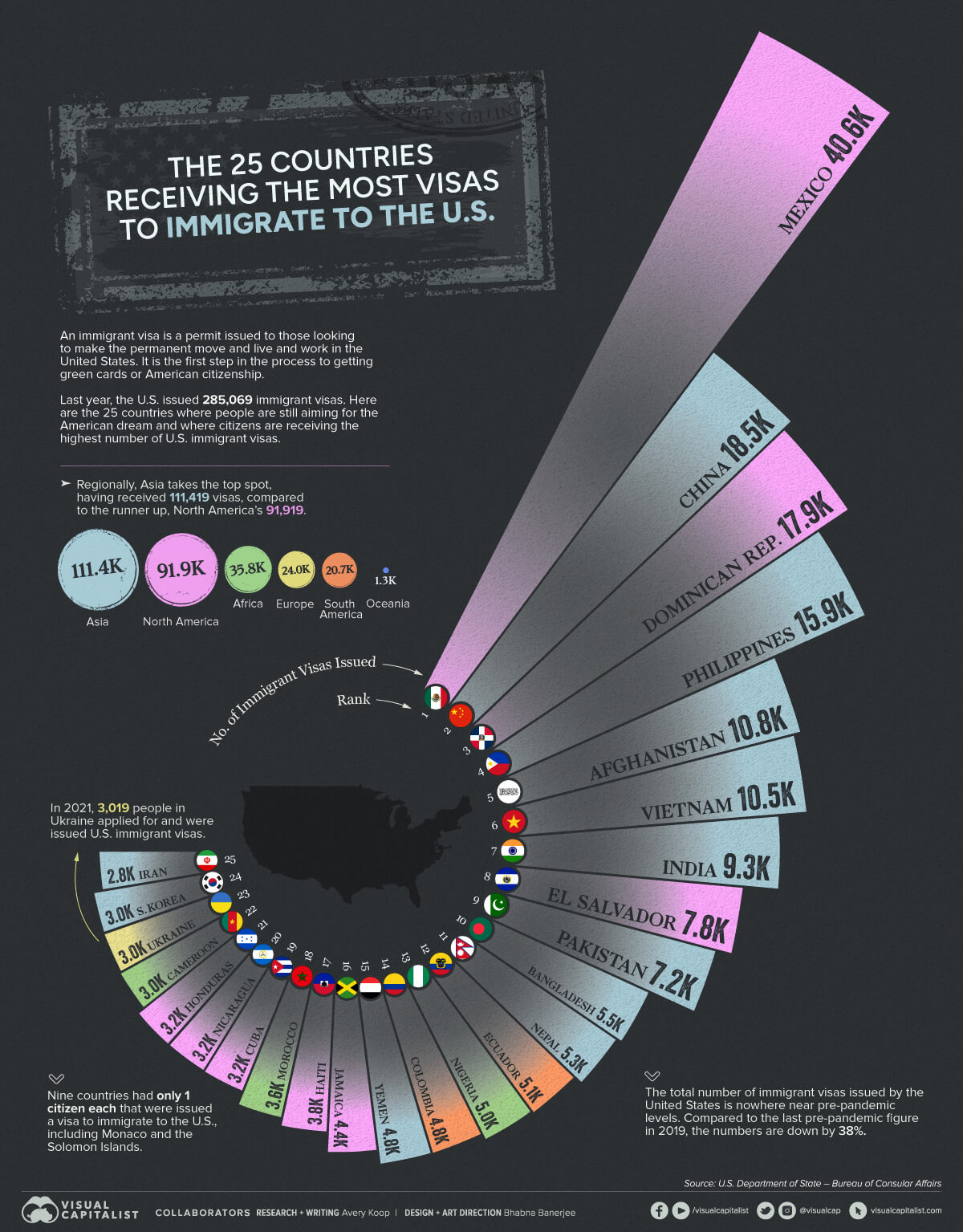
What are the laws to change your status from a student visa to a green card in the US, how do they compare to the immigration laws in Canada?

To change your status from a student visa (F-1) to a green card in the U.S., you must navigate through specific procedures and meet certain criteria. Here are the key points:
U.S. Immigration Laws
Eligibility and Process
- To change your status from an F-1 visa to a green card, you typically need to be married to a U.S. citizen or a green card holder1[5|.
- You must have entered the U.S. legally with your F-1 student visa and maintain your lawful F-1 status throughout the process.
- If your F-1 visa is still valid, you can file Form I-485 to 'adjust status' while staying in the U.S. This is the typical process for spouses living in the U.S., married to green card holders or U.S. citizens1.
- If your F-1 visa has expired, your spouse must file Form I-130 to establish you as their eligible relative. You will then need to wait for a priority date to become current, leave the U.S., and go through the National Visa Center (NVC) process, which includes submitting Form DS-260 and attending a consular interview in your home country1.
General Change of Status Rules
- For any change of status, you must file the appropriate form with U.S. Citizenship and Immigration Services (USCIS) before your authorized stay expires. You must not have violated the conditions of your current status or committed any crimes that would make you ineligible4.
Comparison with Canada
Key Differences
- Pathway to Permanent Residency: In Canada, holding a student visa does not guarantee a pathway to permanent residency. International students must explore alternative routes such as work permits or specific residency programs after their studies2.
- Immigration Policy Focus: The U.S. favors family reunification, whereas Canada employs a merit-based system that prioritizes economic utility and qualifications3.
- Process Complexity: In the U.S., changing from an F-1 visa to a green card involves a complex process that can include adjusting status within the country or going through a consular process abroad, depending on the circumstances. In Canada, students would need to apply through separate programs like Express Entry or other economic immigration streams after completing their studies.
No Direct Transition
- Similar to the U.S., Canada does not offer a direct transition from a student visa to permanent residency. Students in both countries must meet specific criteria and follow separate application processes to achieve permanent resident status25.
In summary, while both countries require students to follow distinct paths to achieve permanent residency, the U.S. offers more flexibility through family-based immigration, whereas Canada focuses on economic contributions and merit-based systems.